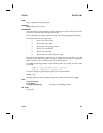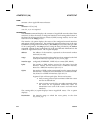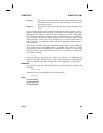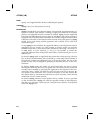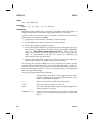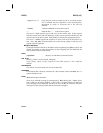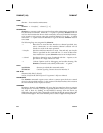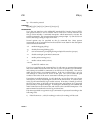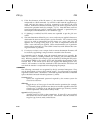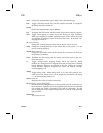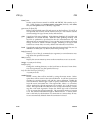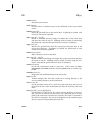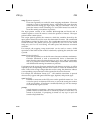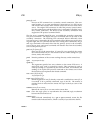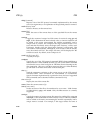
FTP FTP ( 1 )
NAME
ftp – file transfer protocol
SYNOPSIS
ftp [-d] [-g] [-i] [-n] [-t] [-v] [-wwsize] [host [port]]
DESCRIPTION
Ftp is the user interface to the ARPANET standard File Transfer Protocol (FTP).
This protocol allows a user to transfer files to and from a remote network site.
The ftp client includes a command interpreter which interactively executes file
transfer commands. The command interpreter prompt is ftp>. Ftp can also be run
from a shell script, taking its input from a file.
Several options may be specified on the ftp command line. Most options
correspond to an ftp command and are discussed in more detail in the description
of the referenced command.
–d enable debugging (debug).
–g disable file name globbing (glob).
–i turn off interactive prompting during multiple file transfers (prompt).
–n disable autologin upon initial connection.
–t enable packet tracing (trace).
–v enable verbose mode (verbose).
–wwsize
set the TCP window size.
If no host is specified on the command line, ftp will enter its command interpreter
and await further instructions from the user. If a host is specified, ftp will immedi-
ately attempt to establish a connection to an FTP server on that host. Host can be
either the host name or its Internet address. If the host is followed by a port, ftp
will attempt to contact an FTP server at that port. Port can be either the port
number or the name of the service associated with that port (see services(4)).
If autologin is enabled (default), ftp will check the .netrc(4) file in the user’s home
directory for an entry describing an account on the remote host. If such an entry
exists, ftp will automatically log in to that account. If no entry is found, ftp will use
the local user name as the login on the remote host and prompt for a password
[and account] to complete the login. If autologin is disabled, ftp will establish the
initial connection to the remote host and return to the command interpreter. The
user command must then be used to log in to that host.
File names specified as arguments to ftp commands are processed according to the
following rules.
1) If the file name is -, stdin (for reading) or stdout (for writing) will be used.
Issue 3 E-9



